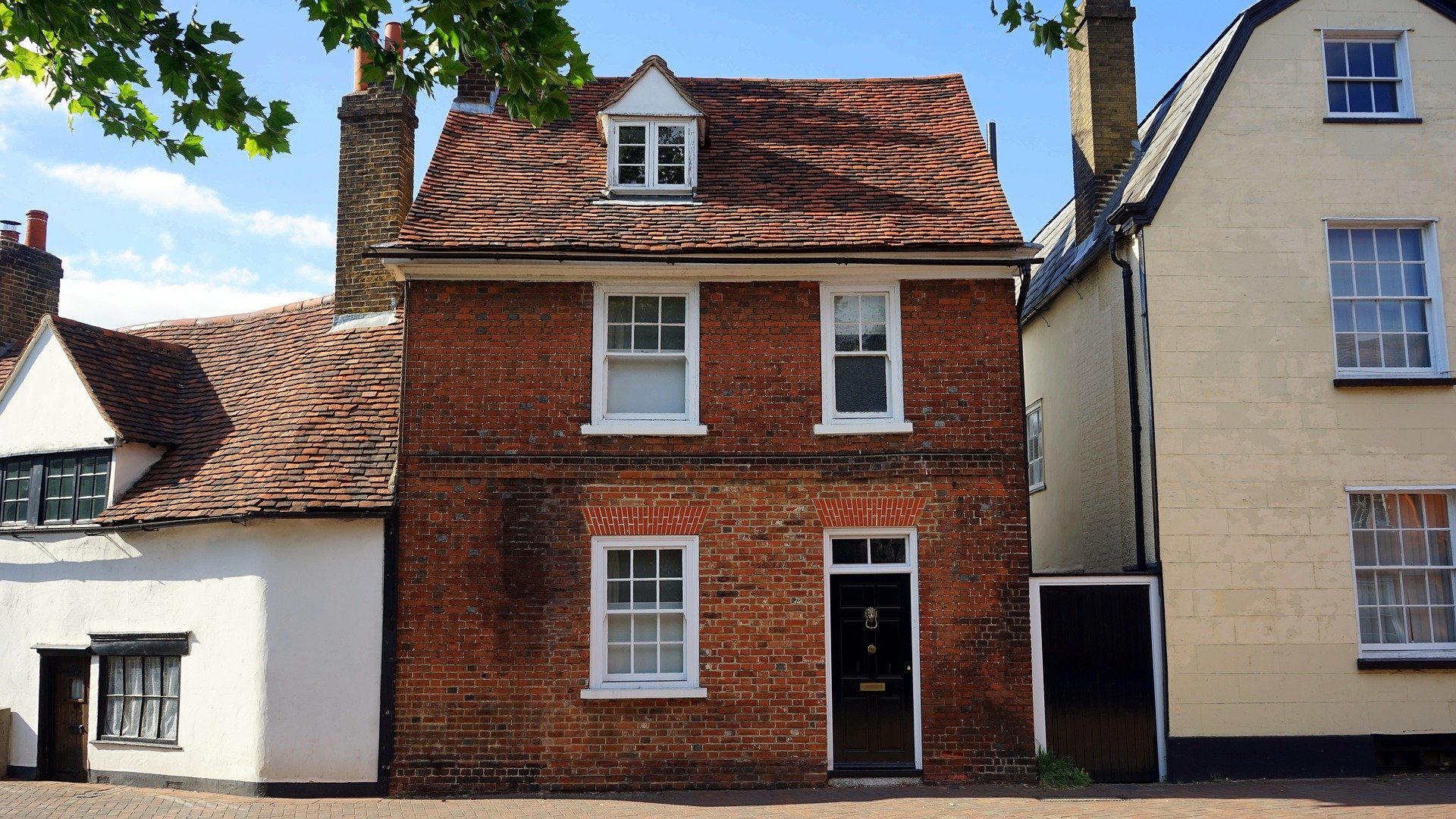BLOG
Flipping – how to choose your main residence to maximise relief

Private residence relief (also known as main residence relief) takes the gain arising on the disposal of a person’s main or only residence out of the charge to capital gains tax. This relief means that in the majority of cases, any gain arising when a person sells their home is tax-free.
However, as with any relief, there are conditions. Relief is available for a property that is, or has been at some point, the individual’s only or main home. Where the property meets this criteria throughout the period of ownership (and assuming it has not been used partially for business), the whole gain arising on the disposal of the residence is tax-free. Where the property has not been the main residence throughout, the gain is apportioned. However, as long as it has been the home at some point, the gain relating to the last 18 months of ownership is exempt. If the property has been let at any time, letting relief may further reduce the chargeable gain.
More than one home
For the purposes of the relief a person can only have one main residence at any one time. Where a person has more than one residence, they can choose which one is the main one – this can be useful in mitigating future tax bills.
A property can only be a main residence if it is in fact a residence. Broadly, this is a property which someone occupies as their home. A property which is let, such as a buy to let property, does not count as it is not occupied by the taxpayer as his or her home. However, a city flat in which a taxpayer spends the week, and a family home elsewhere would both count as residences, as would a property in this country in which a person spends the summer and a property abroad in which they spend their winter.
Choosing the main residence
A person can elect which of their residences is their main residence by writing to HMRC. The deadline is two years from the date on which the combination of residence changes. In a simple case where a person acquires a second home, this will be two years from the date on which the second home was acquired.
If no election is made, the home which is the main home is a question of fact – and will be the home that the person spends most of their time, where their family is based etc.
Flipping
Where a person has more than one residence it is beneficial for each of them to be the main residence at some point. At the very least, this will shelter the gain relating to the period of occupation as a main residence and the last 18 months. Where a property has been let, making it the main residence for a period also opens up the opportunity of letting relief to further reduce the gain. The period as a main residence can be after the period of letting.
Flipping the main residence can be very beneficial – however, the property must be occupied as a residence. The election can only be made on paper and all owners must sign.
Inform are here to help you so please contact us if you need further information on this or any other tax related matters.




.jpg?width=1500&height=1000&name=amy-hirschi-K0c8ko3e6AA-unsplash-(5).jpg)

